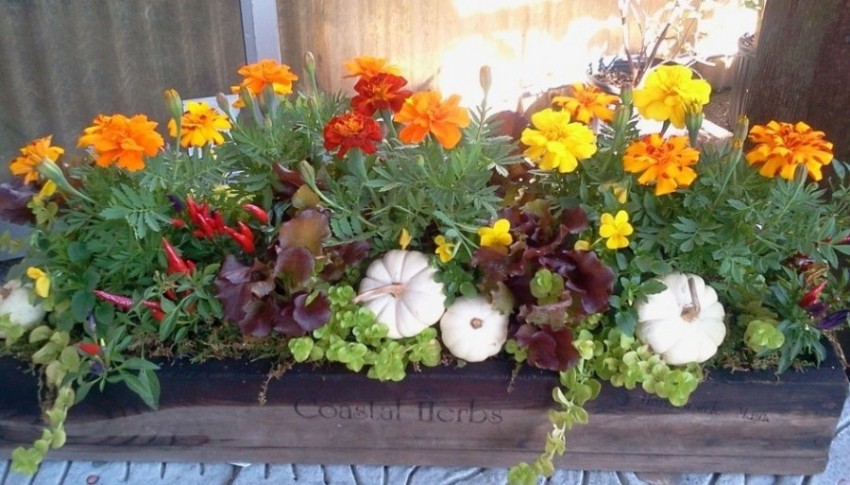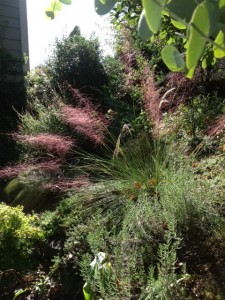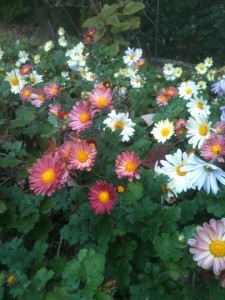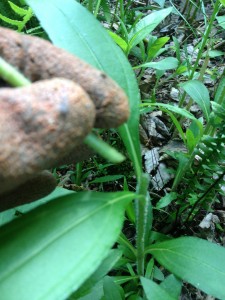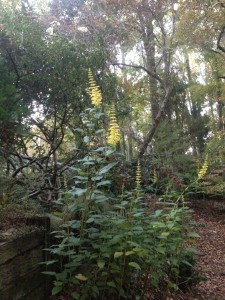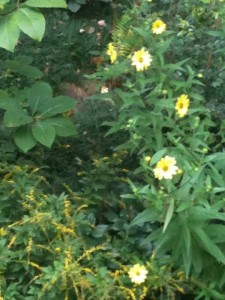Our shipments of bittersweet have begun to arrive, and on its own or combined with pumpkins, gourds, and dried pods of all sorts, fall decorating can begin!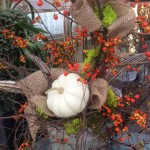
 Each year we’re fortunate to have friends in North Carolina supply us with long stems of beautiful, freshly cut bittersweet that we enjoy using in many of our fall designs and that you can purchase to create your own too.
Each year we’re fortunate to have friends in North Carolina supply us with long stems of beautiful, freshly cut bittersweet that we enjoy using in many of our fall designs and that you can purchase to create your own too.
The vines are expertly hand cut in the mountains, packed carefully between paper, and shipped to us. It’s so fresh the berries are usually still closed until they begin to open in the heat of the greenhouse. To keep the berries from shedding, give them a good coating of a heavy-duty hairspray. We discovered this tip a couple of years ago, and it works well.
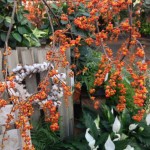
Stems of bittersweet…
Bittersweet is lovely on its own in a simple vase, but it can also be the star in more elaborate arrangements. The sky’s the limit with so many interesting supporting players of dried materials, gourds, and plants. Here are some designs from fall 2013. With this year’s season just beginning, I’m sure there will be many more to show you in the coming weeks!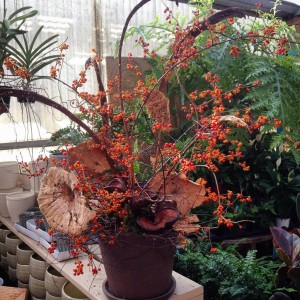
Note: This fall decorating staple is also an invasive vine in many parts of the country. Because of this, we recommend its use for indoor decorating only. This simple step will prevent birds from eating any of the seeds on outdoor decorations and depositing them in areas here where it could get a foothold. We also ask that you dispose of indoor decorations at the end of fall by bagging them up in a plastic garbage bag and sealing it securely.

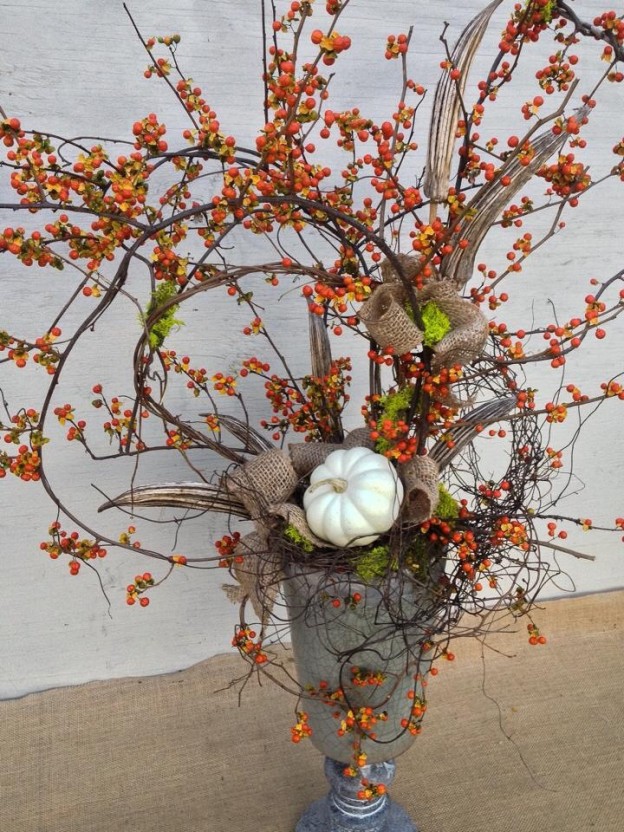
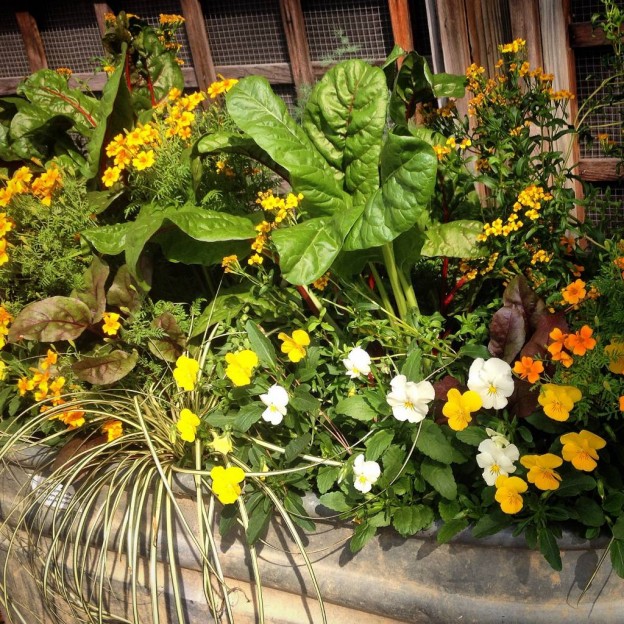

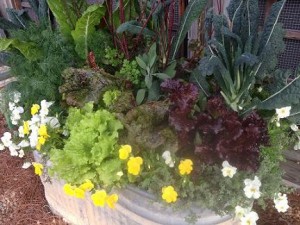
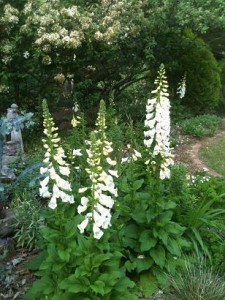 Start with pansies and violas for beds and planters, then add supporting players. Some of the prettiest additions to your winter/early spring garden are
Start with pansies and violas for beds and planters, then add supporting players. Some of the prettiest additions to your winter/early spring garden are 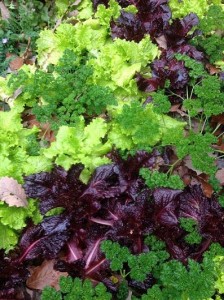
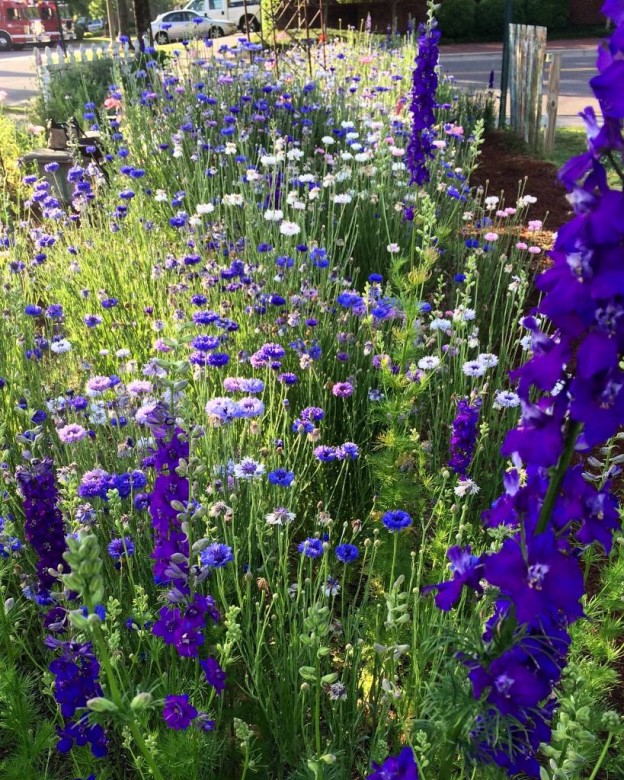
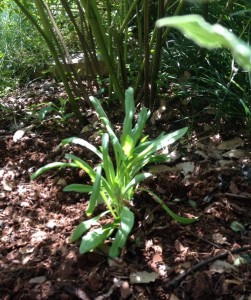

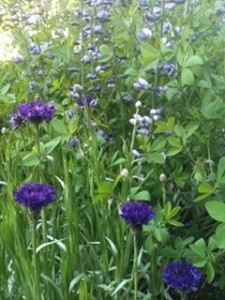
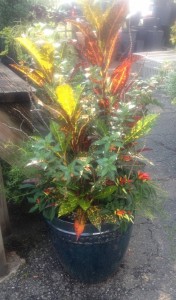

 But “What colorful foliage?”, you’re thinking by now. So glad you asked! What we have in mind are the brightly patterned leaves of crotons. Up to now you might have thought of them as simply a pretty houseplant for bright spots in your home.
But “What colorful foliage?”, you’re thinking by now. So glad you asked! What we have in mind are the brightly patterned leaves of crotons. Up to now you might have thought of them as simply a pretty houseplant for bright spots in your home.

 The best thing about crotons is that their coloration becomes more pronounced with plenty of sun, which is what the marigolds and other plants listed above prefer. Finally, surround your planting with pumpkins and gourds (or tuck a few into the base of your planting) to create a festive tableau for fall…perfect!
The best thing about crotons is that their coloration becomes more pronounced with plenty of sun, which is what the marigolds and other plants listed above prefer. Finally, surround your planting with pumpkins and gourds (or tuck a few into the base of your planting) to create a festive tableau for fall…perfect!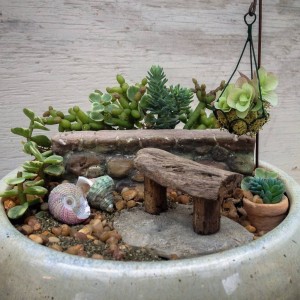
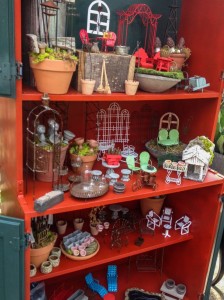
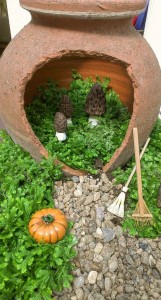
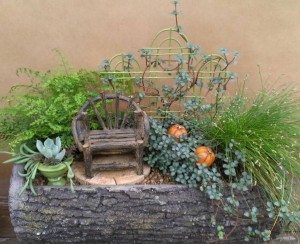
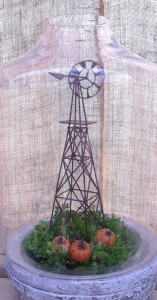
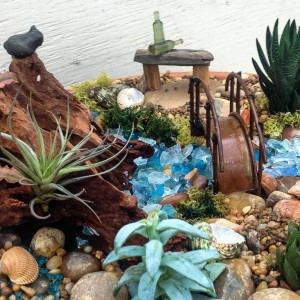
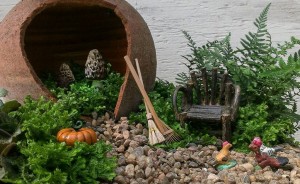
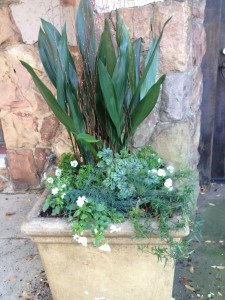
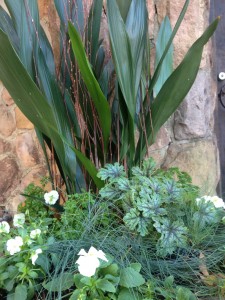 The emphasis is on foliage, though, and I’ve included curly parsley for it’s fresh green color, a small blue fescue grass, and a shade loving heuchera for this planting. Holdovers from the summer are aspidistra, which I thin out each season, and a tiny leaf green ivy. After planting, I added birch branches to add more height and winter interest. (Branches are an easy way to get color in planters during the holiday – red twig dogwood branches would also be pretty.) While it looks a bit top heavy with the tall aspidistra at first, the parsley and heuchera will add fullness to the composition as it grows in. I’m also trying the Cool Wave white trailing pansies here this year, hoping they get enough sun to bloom well.
The emphasis is on foliage, though, and I’ve included curly parsley for it’s fresh green color, a small blue fescue grass, and a shade loving heuchera for this planting. Holdovers from the summer are aspidistra, which I thin out each season, and a tiny leaf green ivy. After planting, I added birch branches to add more height and winter interest. (Branches are an easy way to get color in planters during the holiday – red twig dogwood branches would also be pretty.) While it looks a bit top heavy with the tall aspidistra at first, the parsley and heuchera will add fullness to the composition as it grows in. I’m also trying the Cool Wave white trailing pansies here this year, hoping they get enough sun to bloom well.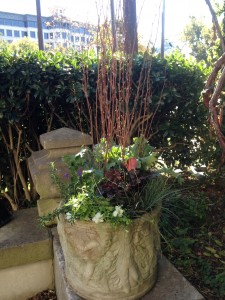
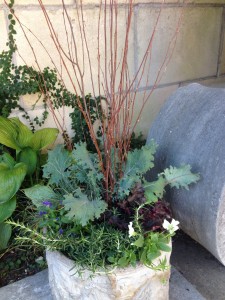 This fall Pardis asked if I would also take a look at the planters at Bottega, their other wonderful restaurant.
This fall Pardis asked if I would also take a look at the planters at Bottega, their other wonderful restaurant.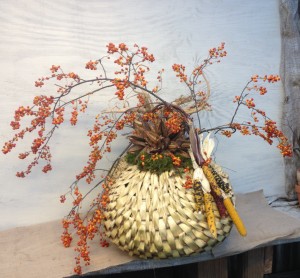 Autumn inspires us! The past month we’ve been designing with thoughts of fall…a copper container, a beautiful basket, a heavy stone trough, and even something as simple as a wooden box made wonderful starting pieces for a few of them.
Autumn inspires us! The past month we’ve been designing with thoughts of fall…a copper container, a beautiful basket, a heavy stone trough, and even something as simple as a wooden box made wonderful starting pieces for a few of them.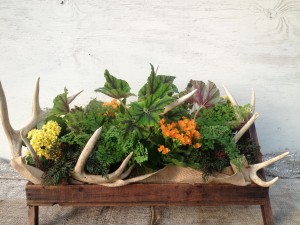 This wooden box arrangement was done for a garden club – the customer brought in the antlers! This one was a fun change of pace. Those antlers didn’t want to stay put, and the box was a tad rickety…it reminds us that each day may bring different and interesting challenges!
This wooden box arrangement was done for a garden club – the customer brought in the antlers! This one was a fun change of pace. Those antlers didn’t want to stay put, and the box was a tad rickety…it reminds us that each day may bring different and interesting challenges!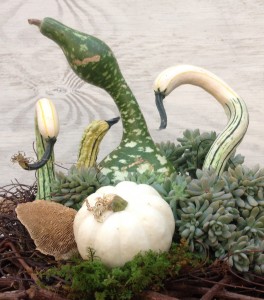
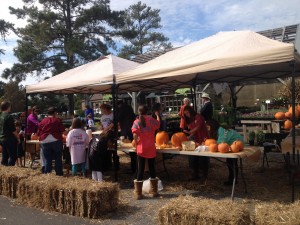
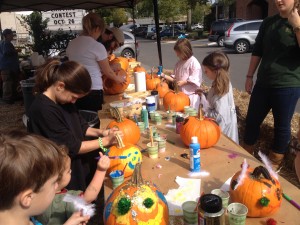


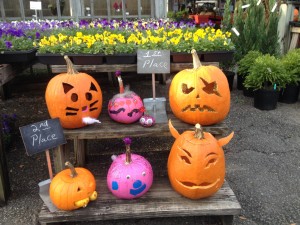
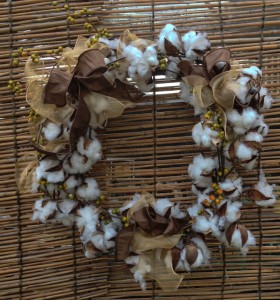 We look forward to fall with its autumn hues glowing on gorgeous
We look forward to fall with its autumn hues glowing on gorgeous 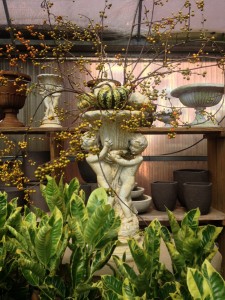 Bittersweet, arranged in a classic urn, gives us the quintessential look of fall. This piece is quite large, but the same effect can be achieved in a simple vase just as easily. I used dry foam with moss and added gourds to complete the arrangement.
Bittersweet, arranged in a classic urn, gives us the quintessential look of fall. This piece is quite large, but the same effect can be achieved in a simple vase just as easily. I used dry foam with moss and added gourds to complete the arrangement.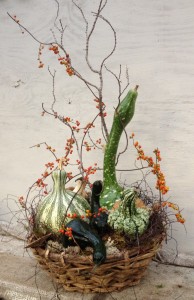 Swan gourds here are grouped in a basket lined with moss and angel vine. If you let your imagination go, you might see an aviary family under the branch of a tree. Or, you might just see a natural composition encircled and overhung by bittersweet. There’s no wrong way to interpret this!
Swan gourds here are grouped in a basket lined with moss and angel vine. If you let your imagination go, you might see an aviary family under the branch of a tree. Or, you might just see a natural composition encircled and overhung by bittersweet. There’s no wrong way to interpret this!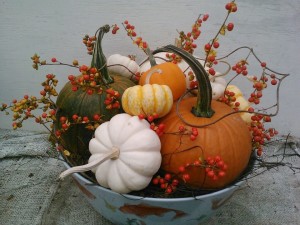
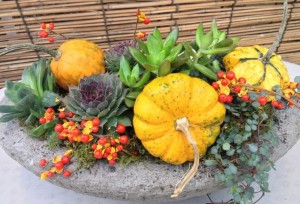
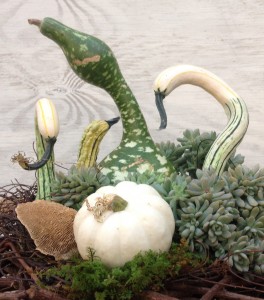
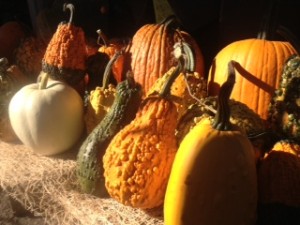

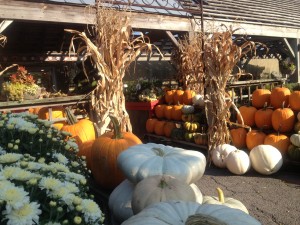
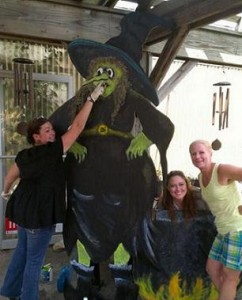
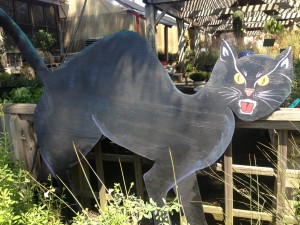
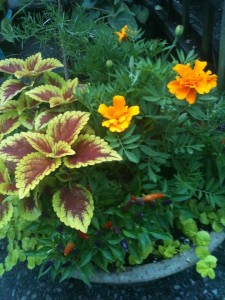 I’m not quite sure I’ve been living in the Southeast this summer…plentiful rain and decent temperatures – (Though it looks like the heat is finally returning.) this has been Alabama in August?!
I’m not quite sure I’ve been living in the Southeast this summer…plentiful rain and decent temperatures – (Though it looks like the heat is finally returning.) this has been Alabama in August?!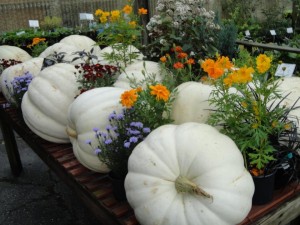
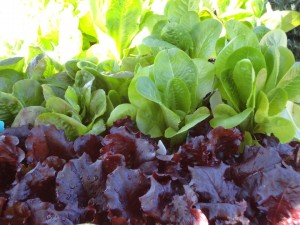 But, if your garden and beds are struggling…think about where you’d like to see marigolds, ornamental peppers, late season salvias, and, further down the road, lettuce, asters and cool season herbs – we’ll have transplants of parsley, thyme (Look for the lemon variegated thyme which looks beautiful with green or red lettuce and marigolds.) dill and cilantro too.
But, if your garden and beds are struggling…think about where you’d like to see marigolds, ornamental peppers, late season salvias, and, further down the road, lettuce, asters and cool season herbs – we’ll have transplants of parsley, thyme (Look for the lemon variegated thyme which looks beautiful with green or red lettuce and marigolds.) dill and cilantro too.